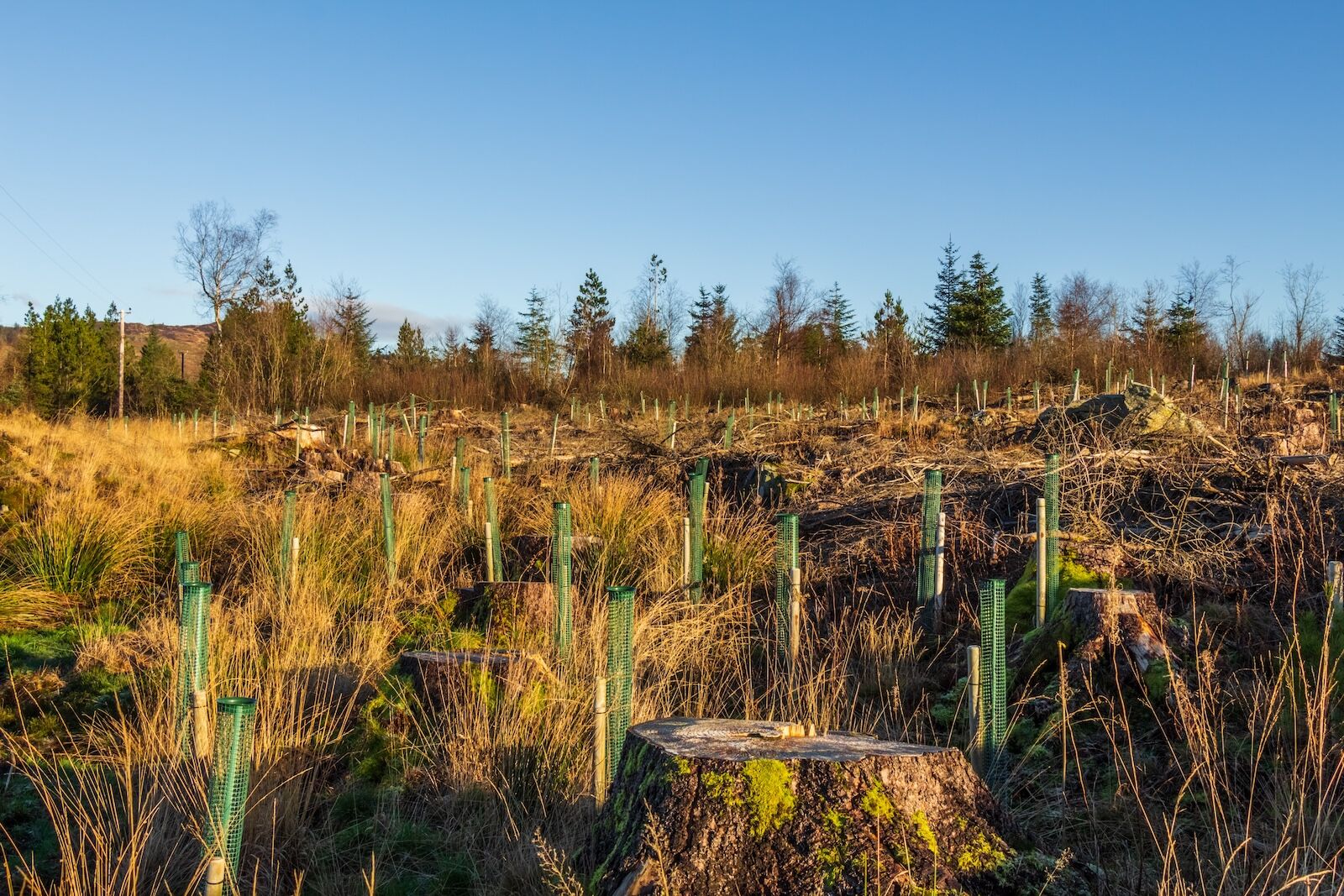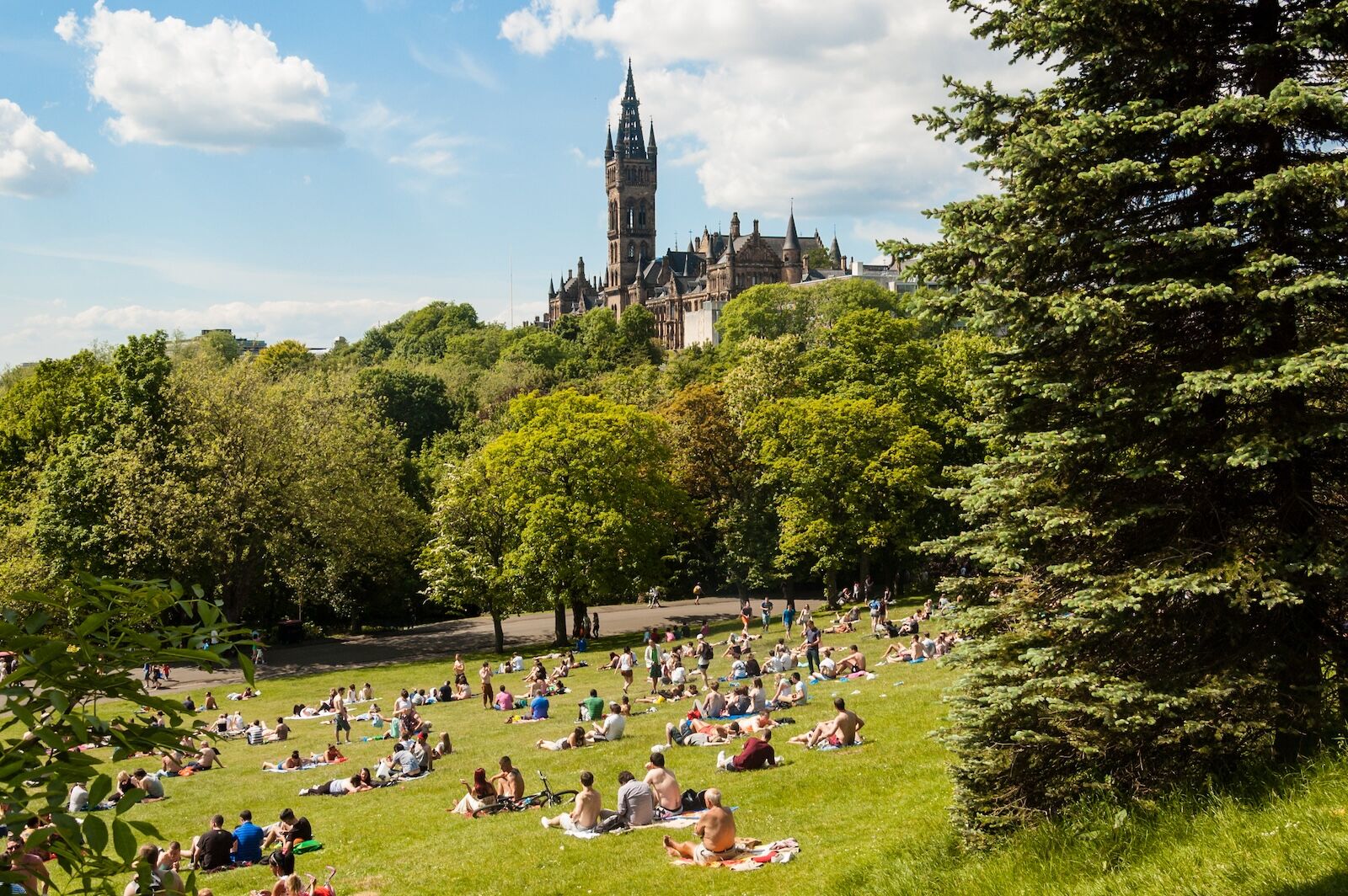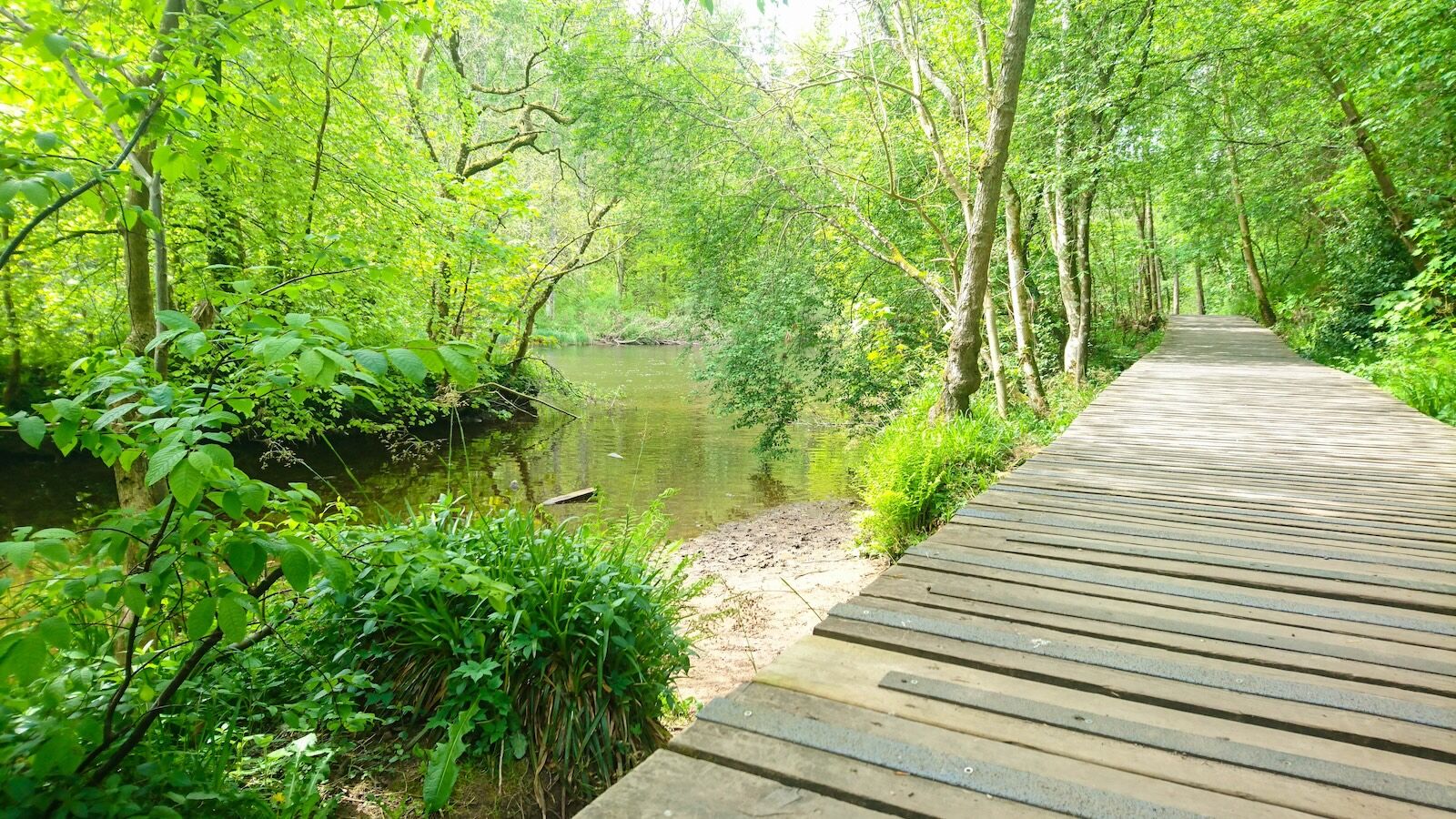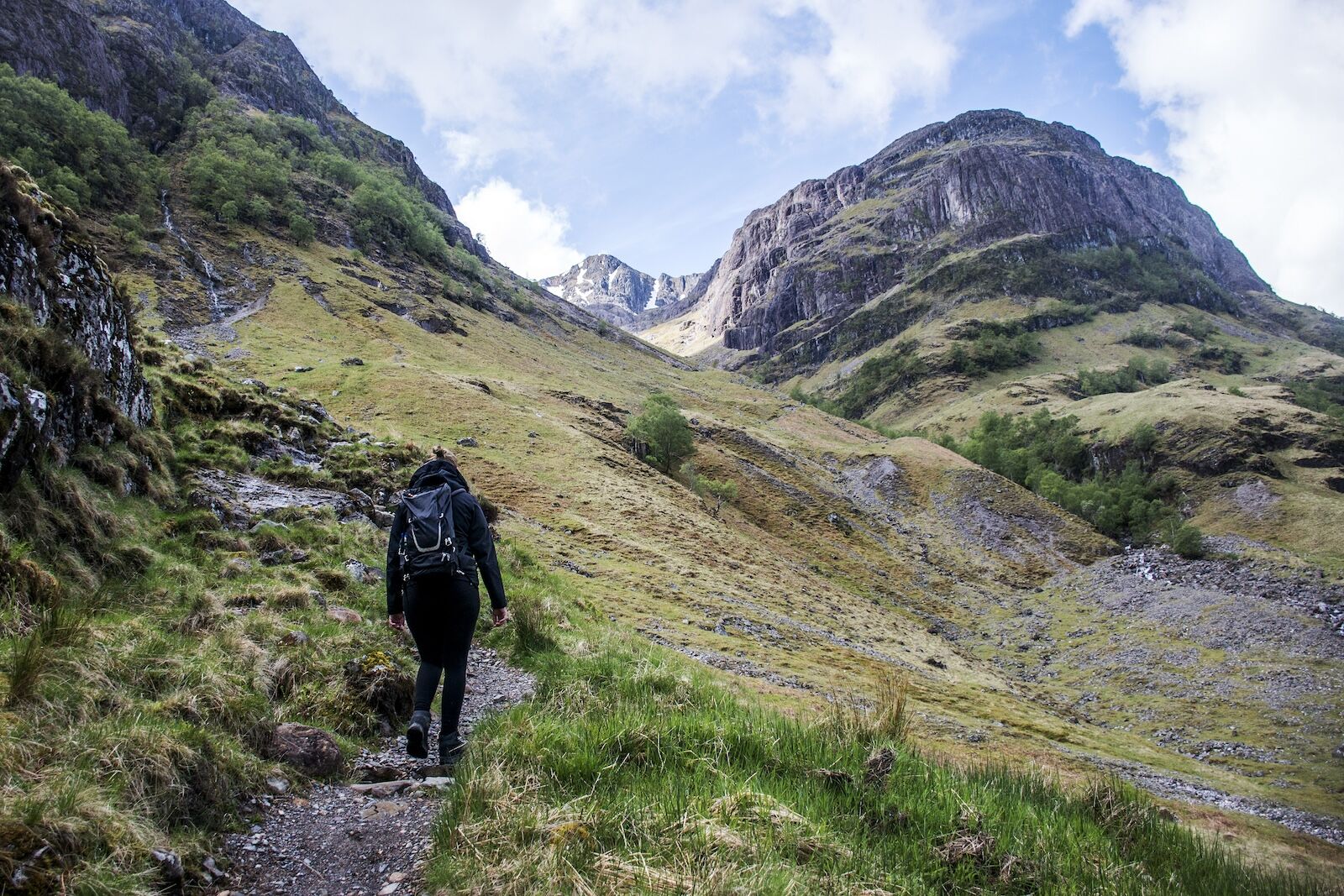Scotland is making impressive strides to be one of the world’s most economically, environmentally, and socially sustainable places. The driving force behind movements on a national scale is the country’s commitment to protect its natural and cultural heritage. This includes rewilding efforts to restore the local ecology, as well as preserving coastal habitats for birds such as the golden eagle and woodlands for the charming red squirrel. Travelers are encouraged to adopt slow travel, and Scotland’s affordable trains and impressive network of EV charging stations make it easy to utilize clean transportation when you visit.
When planning a trip to Scotland, it’s important to keep in mind that, although the country is small, you’ll get a more rewarding experience if you travel at a slower pace. Scotland’s natural beauty isn’t something you want to rush — neither are the connections you’ll make with the people and wildlife that make the country special.
A commitment to nature
Ancient Scotland was filled with woodlands that animals like lynx, beaver, wild board, bears, wolves, deer, and elk called home. That started to change drastically in the 1700s as sheep farming and logging took their toll. With rewilding, the country is looking to restore what the land looked like before its resources were extracted.
The Scottish Rewilding Alliance leads the way as a group of 22 environmental organizations that hope to make Scotland the first “rewilding nation” by reintroducing native species, restoring degraded land, and connecting more people with nature. It’s no small task: Scotland’s land is just 19 percent wooded compared to the European continent’s average of 37 percent, according to the alliance.
Many projects are already underway, with the goal of Scotland committing to rewilding 30 percent of its land and sea by 2030. Small farms are reintroducing native species, and the Cumbernauld Living Landscape outside of Glasgow is better connecting people to parks and nature reserves. In April 2023, Dundreggan Rewilding Centre, the first rewilding center in the world, opened in the Highlands region. Organizations like Trees for Life are working on projects that include restoring native woodlands in Loch Ness, Glen Cannich, Affric, Moriston, and Shiel for a rewilded corridor starting from Scotland’s west coast.
The city visit: Glasgow
Transport connections for arrival by air and onward by train (or on two wheels or on foot) make Glasgow a superb base when vacationing in Scotland. Add in a thriving community spirit, responsible tourism practices, sustainable hotels, local businesses, and plenty of attractions, and it’s easy to see why the city should be your first stop.
Across the city, keep an eye out for businesses awarded a green certification. This government-driven program helps companies reduce their environmental impact. A great example of this is The Burrell Collection. The art museum makes for a fun day out and recently reopened to visitors after an extensive low-carbon design refurbishment. Hotel chains such as Apex, the Crown Plaza, Marriott, and Ibis have also been awarded for their commitment to protecting the planet. Restaurants with a focus on local products and produce are doing their part, as well, such as Marsanta, a Scottish restaurant hailed for its local ingredients.
You can also spend days exploring the city’s 90-plus green spaces. To go further afield to the mountains or coast, train travel from Glasgow links major hubs across the country and is an affordable way to explore while reducing your carbon footprint.
How Scotland is embracing slow travel
Scottish culture lends itself to the concept of slow travel — so much so that the country’s tagline should be “do less, see more.” Travelers can experience an authentic Scotland by taking time to walk through the countryside, stopping to talk to locals, opting to purchase goods at small shops, and enjoying seasonal ingredients.
Walking or cycling is an excellent way to traverse the nation, as the country is interlinked by a robust network of hiking trails. Long-distance walking routes, such as the West Highland Way and the Great Glen Way, have varied topography and are accessible for both novice and experienced hikers.
Combining sustainability and hiking, Scotland launched world’s first UNESCO Trail, which links 13 designations and highlights sustainable businesses. This is a superb way to learn about the country’s history, culture, and flora and fauna. The route caters to all with fun and educational interactive and outdoor experiences. Your efforts will be rewarded with a local dram, a bucket of freshly caught seafood or a grass-fed steak, and hearty Scottish vegetables.
How we made our pick
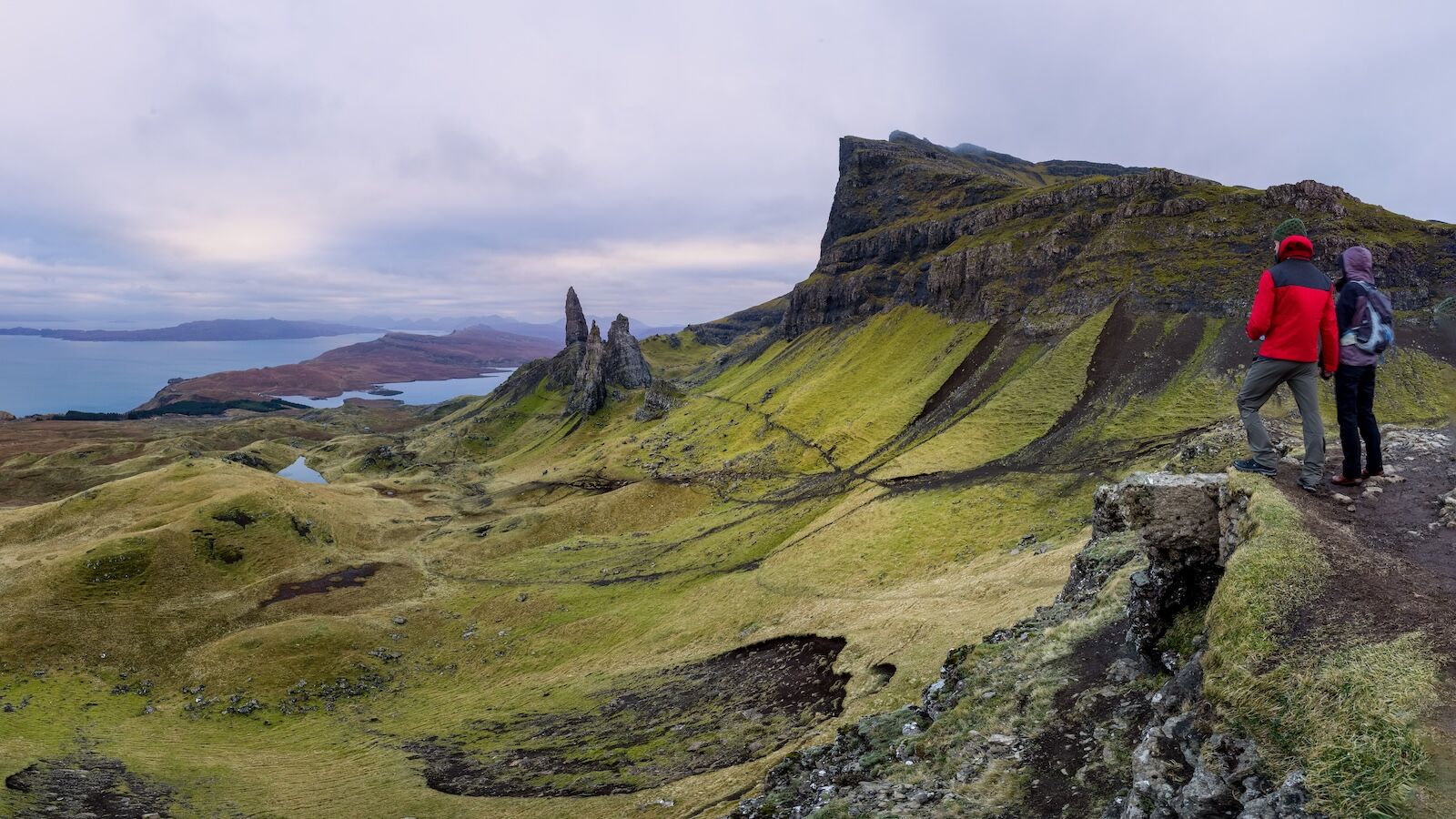
Photo: Marcel_Strelow/Shutterstock
Destinations were nominated by the well-traveled Matador Network team, from video producers and social media editors to writers and managers. Those nominations were then awarded points on a 10-point scale on 10 equally weighted categories:
- Accessibility and transportation options
- Land stewardship
- Responsible tourism initiatives
- Leadership and innovation in green technology
- Visitor sustainability initiatives
- Position on the Global Sustainable Destination Index
- Sustainable accommodations
- Leave No Trace principles
- Transparent and realistic future sustainability plans
- Management of overtourism


